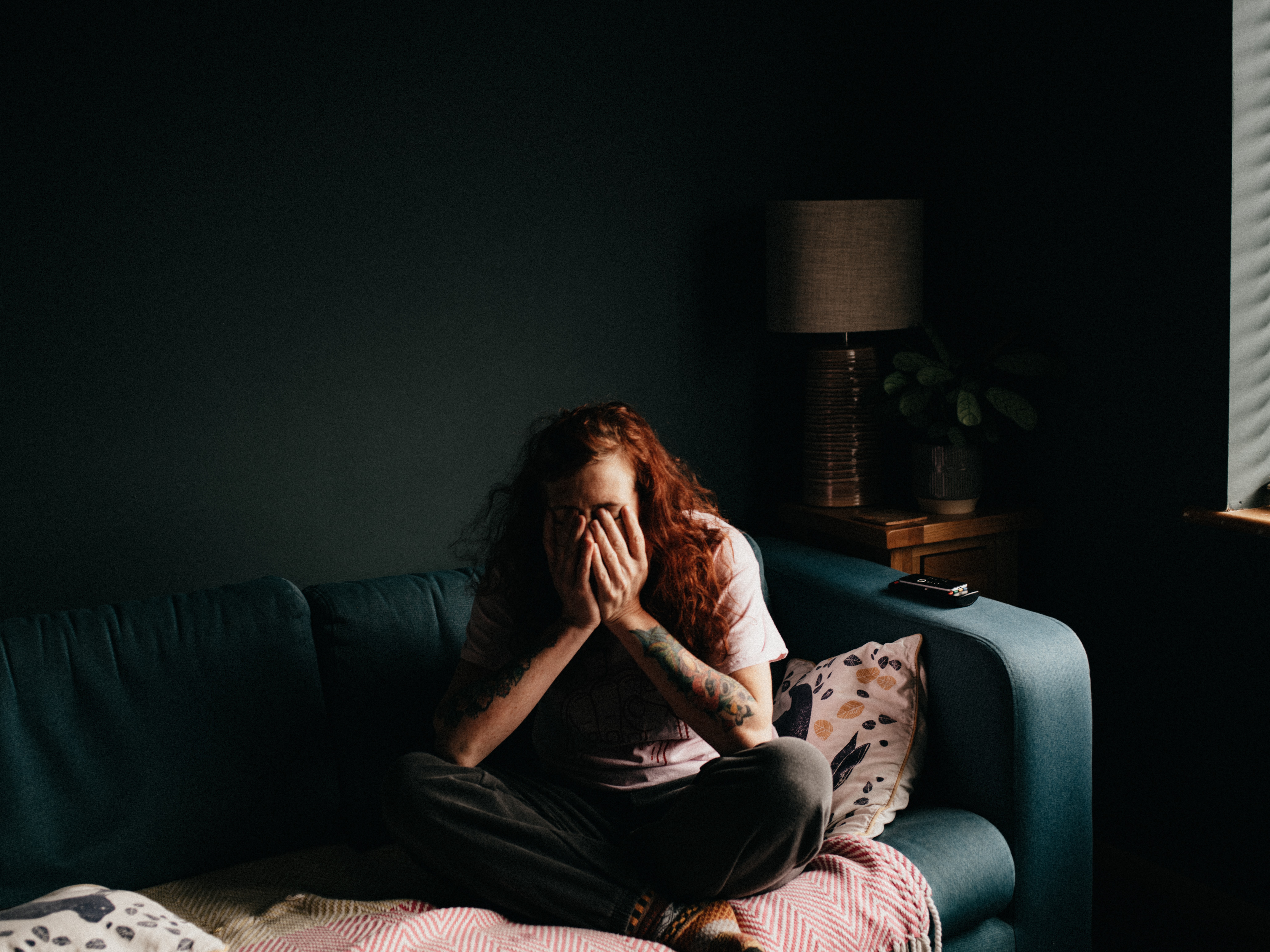Lone Ranger. Ride Lonesome. Lone Star. Lonesome Dove. Lots of Western movies are about being alone and sometimes finding community, or — given America’s Christian background — embracing the self-sacrifice that let’s others find or maintain community.
Last week I reviewed Tracy Kidder’s Rough Sleepers, the story of Boston hero Dr. Jim O’Connell and the rotating cast of homeless people he has served for decades. Ten lines from the end of Kidder’s very readable 280 pages comes O’Connell’s summary of what he has learned: “Loneliness is really what drives much of what goes on in our world.”
Kidder humanizes the unsheltered among us and does not get into policy disputes, but what he shows at street level got me thinking about what some suite-level operators tell us: Either embrace the Housing First concept — give people their own apartments, no questions asked — or be classified as heartless regarding the homeless.
Kidder shows what happened after O’Connell’s team in 2005 received vouchers to move 24 of the long-term unsheltered into their own one-bedroom or studio apartments as “part of a state experiment to test a new idea known as Housing First.”
O’Connell and Jill Roncarati, at first a physician’s assistant and later O’Connell’s wife, made house calls to those 24 apartments and sometimes found their patients dead. Some had been sick: Kidder writes, “That they died in apartments of their own and not on the streets seemed like progress toward decency.”
And yet, dead is dead, and some “drank themselves to death. Finding their corpses left Jim and Jill wondering if they weren’t violating the physician’s oath, actually harming patients by putting them in apartments — abetting what Jill, on one very bad day, called ‘death by housing.’”
Jill O’Connell gained a Ph.D. from the Harvard School of Public Health by writing a dissertation about the project. Kidder’s summary: “The overall results were disheartening — over ten years, 73 different people had used the 24 vouchers, 45 percent had died, and only 12 percent of the survivors had remained housed.”
Kidder emphasizes telling stories rather than doing the math. One is about Mike Jellison, whose dependence on alcohol and drugs “lasted almost twenty years before he finally fought it off, with help from Alcoholics Anonymous.” Jellison became the O’Connell team’s recovery coach and resident skeptic about “harm reduction,” which means giving addicts clean needles and other means of continuing in their misery. Jellison tells would-be helpers, “You know what most addicts would tell you? The one thing that works? Abstinence.”
Kidder doesn’t do the math on Boston’s voucher experiment, but we can. A 55% survival rates means 40 of the 73 survived. The 12 percent staying-housed result means that Housing First was a success for only five of the 73 homeless persons.
Looked at one way, that’s good news: In one of Jesus’s parables the good shepherd leaves 99 sheep to go after not five but only one, and maybe that’s exactly what Boston — founded to be a city on a hill — should emphasize. But viewed from the “opportunity cost” standpoint that a city or state government committee on Beacon Hill takes into account, spending millions for the benefit of five might be hard to justify, when thousands of Bostonians face homelessness.
Besides, what seems like kindness can kill, as in the case of John, a long-term addict gifted with “dangerous privacy. John recalls, “When they gave me that room, I don’t know why I didn’t die. Go in and shoot up.” Kidder writes, “One morning he woke with a hypodermic needle in his eye.”
Experiences like that led O’Connell to admit, “Long-term, if you step back, it’s really depressing…. It makes me feel good, but sometimes I wonder if we make our patients’ lives better.” Nevertheless, Kidder quotes Jill O’Connell saying, “I still believe that everybody should get the chance to live independently in an apartment.”
It’s good to give everyone a chance, and it’s also good to learn from experience. At the O’Connell team’s homeless shelter “the second and third floors were hospital like — nursing stations on well-lit hallways, flanked by bedrooms with doors. Only a few rooms were private. The formerly homeless members of [O’Connell’s] board had vetoed Jim’s original plan for single rooms, reminding him that homelessness was a terribly lonesome state.”

